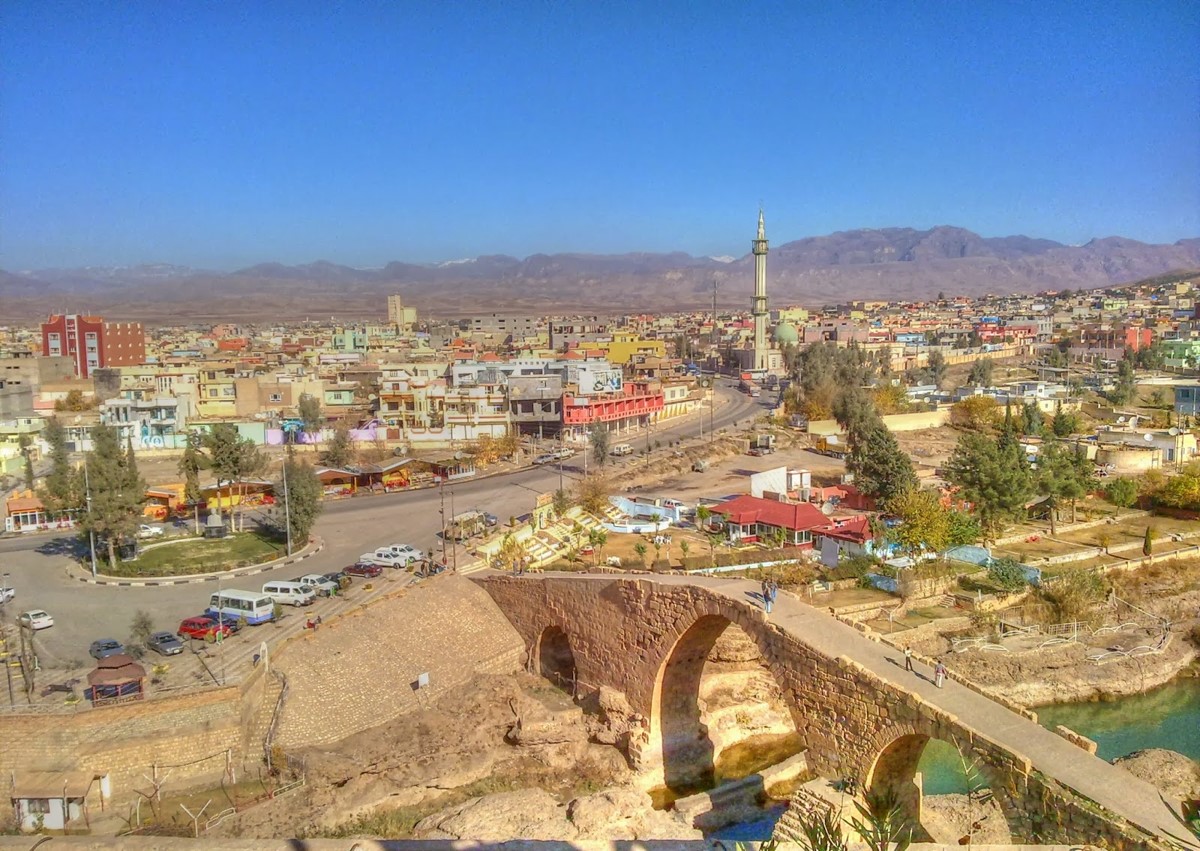This website gives access to recordings, transcribed texts and
grammatical descriptions of the North Eastern Neo-Aramaic dialects.
Most of these are now highly endangered and some of have recently
become extinct.
About the North-Eastern Neo-Aramaic dialects
The North-Eastern Neo-Aramaic dialects (also known as NENA for short) form a very diverse group of Aramaic dialects that were spoken until modern times in Northern Iraq, North West Iran and South Eastern Turkey by Christian and Jewish communities. These are among the last remaining living vestiges of the Aramaic language, which was one of the major languages of the region in antiquity.
A variety of different names are used by the speakers of the dialects to refer to their language. The most common term used by Christians is sureth. In English the Assyrian Christians generally refer to their language as ‘Assyrian’. Other terms include lishanet suraye ‘the language of the suraye’ (Urmi), and names such as ḥadiṯan ‘our speech’ (Qaraqosh, Iraq)
Jews use a several different terms, e.g. lishana deni (Zakho and surrounding region), lishanət noshan, lishana nosha (north eastern Iraq, western Iran), lishana didan (north-west Iran), all meaning ‘our language’. Some names reflect the consciousness of it being a specifically Jewish language, e.g. lishan hozaye ‘the language of the Jews’ (Zakho), and hulaula (western Iran).
Over the last few decades most of the speakers of these dialects have been forced to leave their places of residence and have settled in numerous places throughout the world. The younger generations of these communities are increasingly losing competence in these dialects and as a result most of the dialects are now in danger of extinction. The extinction of these ancient dialects will be an immeasurable loss for the communities whose ancestors spoke the dialects, since language is a core component of their community identity and heritage. In addition, each dialect provides unique and important information for academic research that will be lost for future generations. Indeed, a rich oral culture of folktales, poetry, songs, as well as the memories of lexicon of traditional village life and the natural environment of the communities will vanish along with the dialects.

More information
Khan, Geoffrey. 2007. “The North-Eastern Neo-Aramaic Dialects.” Journal of Semitic Studies 52
(1): 1–20.
Khan, Geoffrey. 2011. “North-Eastern Neo-Aramaic.” In The Semitic Languages: An
International Handbook, edited by Stefan Weninger, Geoffrey Khan, Michael Streck, and
Janet Watson, 708–24. Berlin-Boston: De Gruyter Mouton.
Khan, Geoffrey. 2018. “Jewish Neo-Aramaic in Kurdistan and Iran.” In Languages in Jewish
Communities, Past and Present, edited by Benjamin Hary and Sarah Bunin Benor, 9–34.
Contributions to the Sociology of Language 112. Berlin: De Gruyter.
Mutzafi, Hezy. 2014. “Jewish Neo-Aramaic.” In Encyclopedia of the Jews of the Islamic World,
online edition. Brill.
Haig, Geoffrey, and Geoffrey Khan, eds. 2018. The Languages and Linguistics of Western Asia:
An Areal Perspective. The World of Linguistics 6. Berlin: De Gruyter.